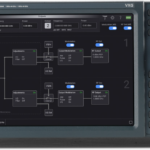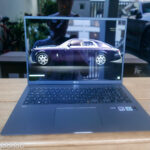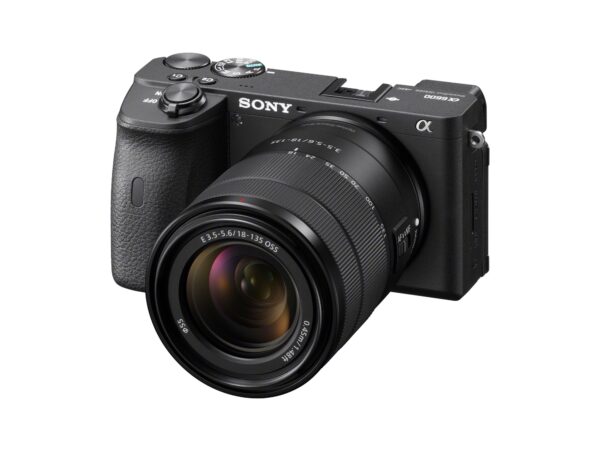
Riding on the success of the Alpha 9 and Alpha 7 mirrorless cameras, the mid-range Sony Alpha 6600 aims to fill a niche among photography enthusiasts seeking a compact, high-quality camera.
The main difference is that it comes with a 24-megapixel APS-C crop sensor, instead of the full-frame designs on its more expensive siblings, which let you capture more detail.
The good news is that the Alpha 6600 has a lot of the features you find on the more costly Sony cameras. It inherits the focusing system of its more sophisticated siblings, which is a good thing for photographers and videographers alike.
The first thing that I notice when I hold the new camera is the depth of the grip. It has the same beefy grip of the Alpha 7R Mark IV, which improves the handling of the camera, especially when you have a heavy lens upfront.
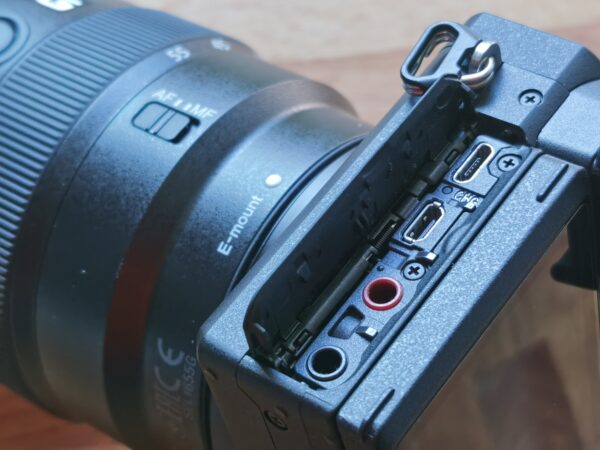
The bigger grip also holds the much bigger NP-FZ100 battery pack so users can take a minimum of 720 shots or 140 minutes of videos before recharging. The best feature is that I can power up the camera via a Micro-USB port from my power bank.
The better ergonomics also helps with prolonged shooting. The camera enables me to have a more stable platform to shoot both stills and video clips. All the buttons and dials are where I assume them to be – well, except for one.
For a “premium” E-mount APS-C mirrorless camera, I was hoping for a front dial to control the camera. With the Alpha 6600, I have to switch between the dial at the top of the camera and the wheel at the rear side quite frequently if I am on “manual” mode only with my right thumb.
This setup is what you might expect for a mid-level camera rather than a premium APS-C flagship camera one.

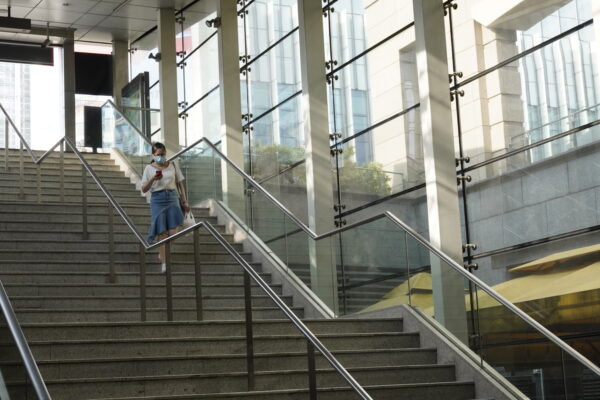
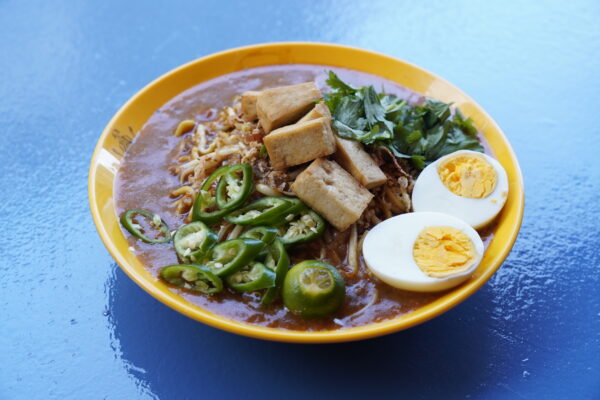


Sony’s well-liked EyeAF which focuses on the eyes in a subject is a joy to use here on the Alpha 6600, especially for portraits and videos. It works well to autofocus quickly in most situations except in very challenging, poorly lit environments.
If you are using the camera for sports or very fast-moving subjects, the Sony camera should also be able to keep up with up to 11 frames per second continuous capture.
Besides inheriting the autofocus feature from its full-frame siblings, the Alpha 660 also has the five-axis in-body optical image stabilisation that helps when you’re doing mostly handheld shots. This is perfect for videography, as you could do without a gimbal.
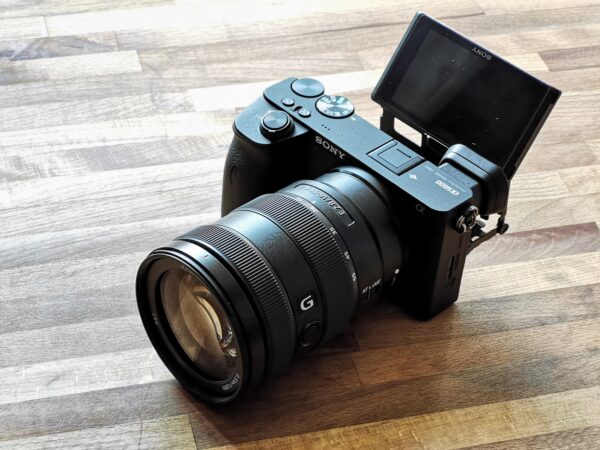
The new camera also has a nifty rear screen that can flip upwards. It works better than the Nikon Z50, especially if you are using the camera to produce videos for YouTube or even Zoom teleconferencing with the Sony Imaging Edge Desktop app and Open Broadcaster Software.
The Alpha 6600’s ability to record at the highest resolution of 4K (3,840 x 2,160) at 30 or 24 frames per second makes it a viable tool for high-quality 4K HDR video capture. What are handy too are the separate 3.5mm ports for both external microphone and headphones.
Shooting in 4K means that there’s quite a bit of data to save. So, having only one SD card slot seems so out of place, not to mention that it uses only the slower UHS-I compliant SD cards. Perhaps this is the reason why the camera cannot record 4K HDR footage at 60 frames per seconds.
To be fair, not everyone might use that high a resolution. Recording at Full-HD resolution at 60 frames per second should be sufficient for most videos meant for YouTube, Facebook and Instagram.
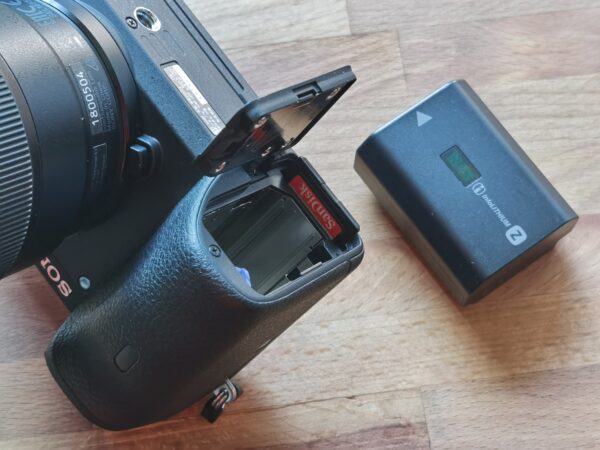
Since this is a crop-sensor camera, you have to pair the right lens to shoot video. At 16mm, the full-frame equivalent focal length is 24mm.
When shooting a video, the camera only uses the centre portion of the sensor, resulting in an even tighter crop of the image. So, having an ultrawide-angle lens for selfie videos is necessary.
Sony has tried to make the Alpha 6600 attractive with a price of S$1,999. Don’t forget that you’d need a better lens to capture the best image possible in all lighting conditions. For that, be prepared to spend another S$1,799 on the Sony E-mount 16-55mm F2.8 G.
So, is the Alpha 6600 value for money? As the latest crop-sensor camera from Sony, it is highly capable as its autofocusing system is arguably the best in the market right now for most lighting conditions. It is great even for advanced users.
However, if the concern is about video making, then the more expensive Sony Alpha 7 Mark III will give you a bit more value with a larger selection of lenses and video features.
